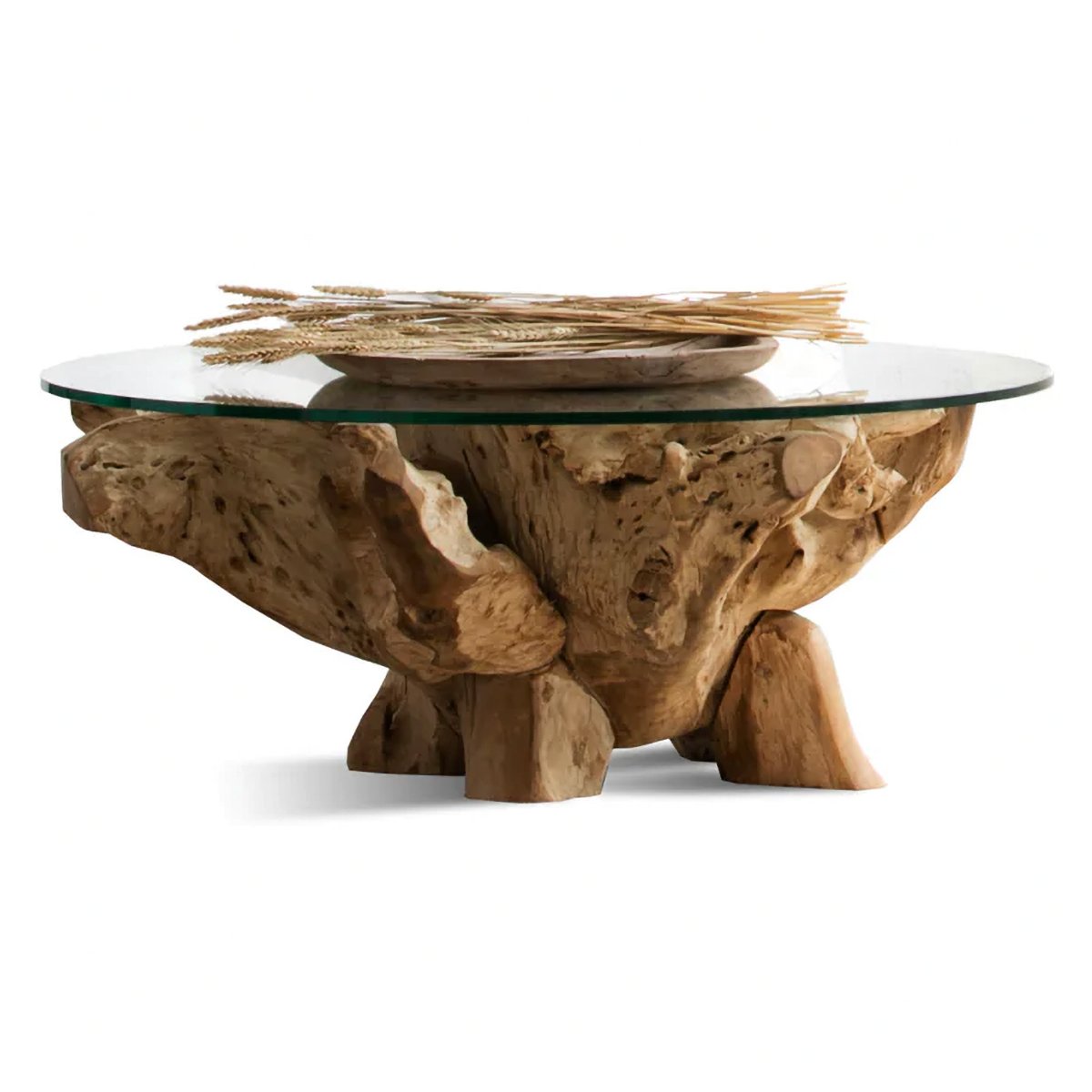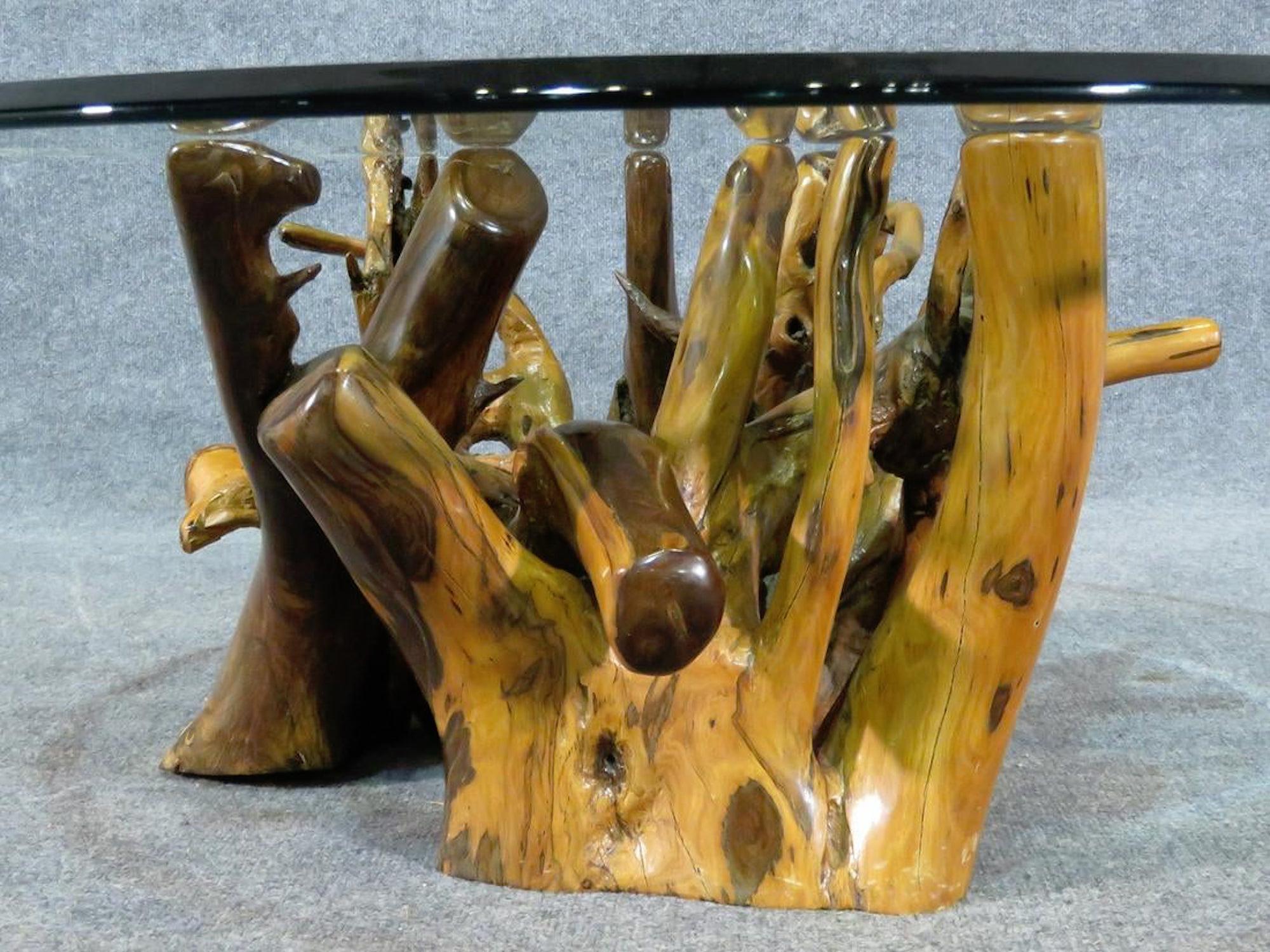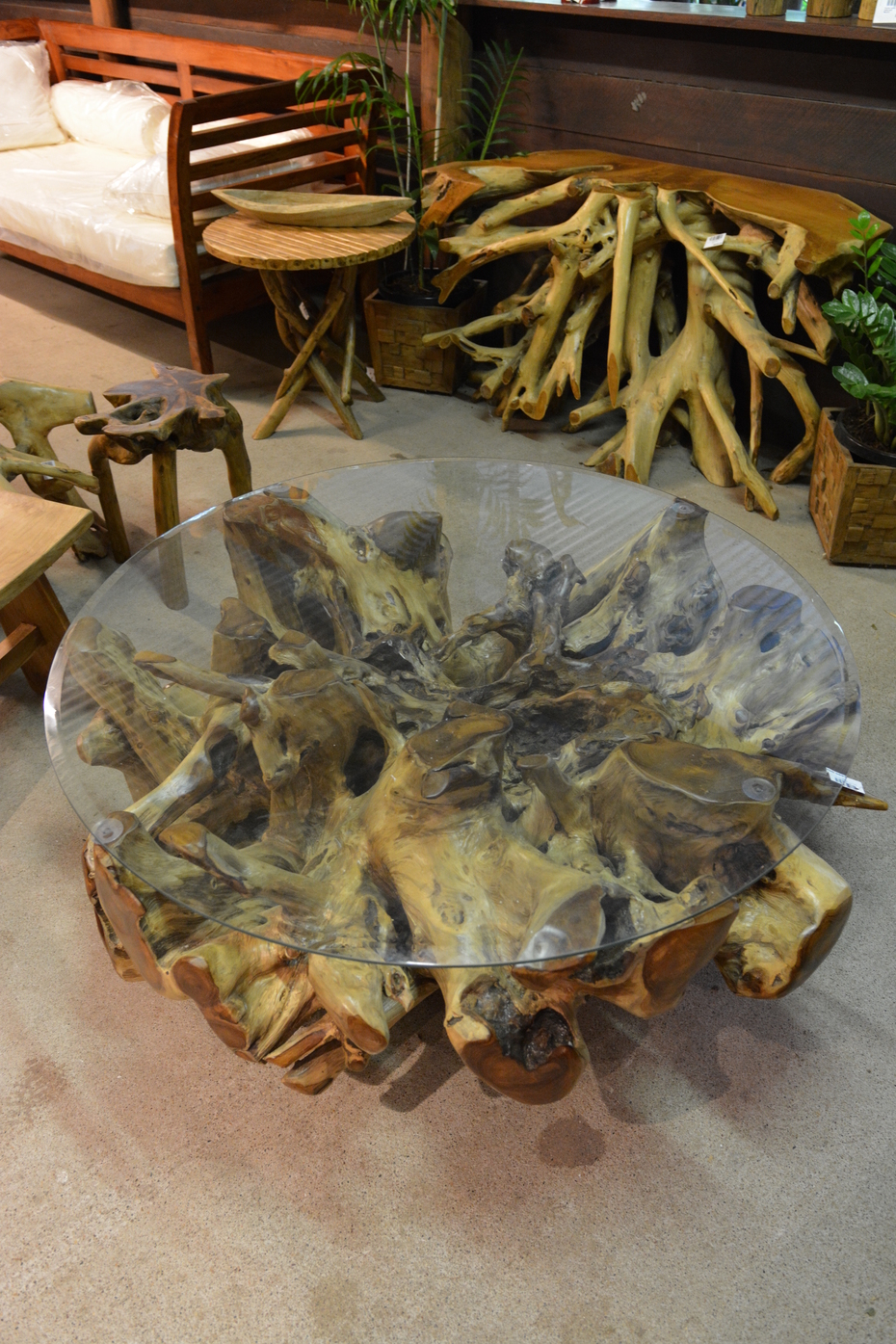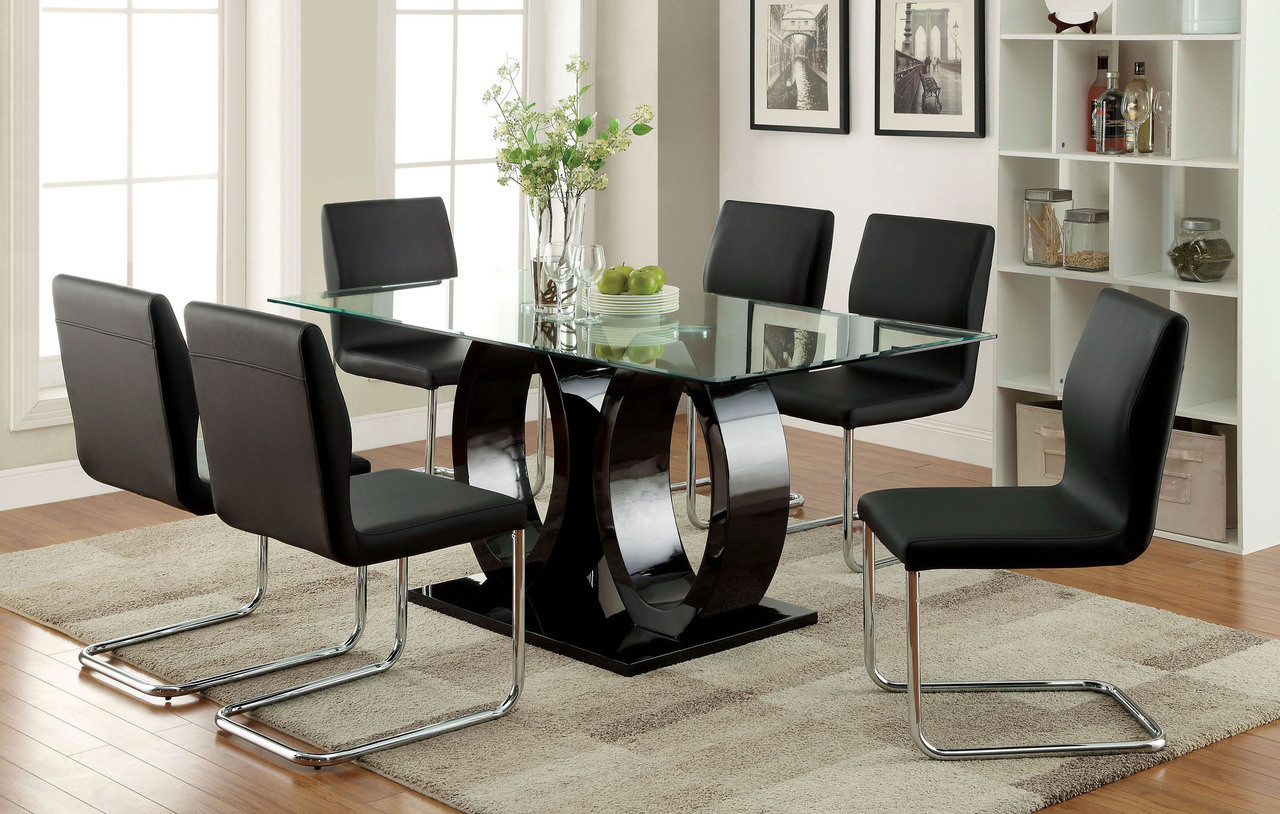Outdoor root coffee tables have gained significant popularity in recent years, combining functional furniture with natural artistry. These unique pieces are not only visually stunning but also represent a deep-rooted craftsmanship that connects the forest to the finished product. This article explores the journey of outdoor root coffee tables, examining the materials, craftsmanship, environmental considerations, and the cultural significance of these exquisite furniture items.
The Allure of Root Coffee Tables

Root coffee tables are distinguished by their organic shapes, rich textures, and inherent uniqueness. Each table tells a story, shaped by the natural growth patterns of the trees from which they are crafted. The appeal lies in their rustic aesthetic, which complements various outdoor settings, from gardens to patios.
Understanding the Materials

Root coffee tables are primarily made from hardwoods, which are selected for their durability and aesthetic qualities. Common types of wood used include:
- Teak: Known for its natural oils that provide resistance to moisture and insects.
- Mahogany: Valued for its rich color and fine grain.
- Acacia: A sustainable choice that is also resistant to weather elements.
- Walnut: Recognized for its deep hues and intricate grain patterns.
The choice of wood plays a significant role in the final appearance and longevity of the coffee table. Sustainable sourcing practices are critical in this process, as overharvesting can lead to environmental degradation.
The Craftsmanship Process
Creating a root coffee table involves several intricate steps, each requiring a skilled craftsman’s touch. The process can be broken down into the following stages:
1. Sourcing the Wood
The journey begins in the forest, where artisans select timber that has naturally fallen or been sustainably harvested. This practice ensures that the ecological balance is maintained.
2. Design and Selection

Designing a root coffee table is a creative process. Craftsmen often work with the natural form of the root, allowing the wood’s unique features to dictate the final design. This organic approach results in one-of-a-kind pieces.
3. Cutting and Shaping

Once the design is established, the wood is cut and shaped. This stage requires precision and an understanding of the wood’s grain to minimize waste and maximize the table’s aesthetic appeal. Techniques include:
- Hand carving for intricate details.
- Power tools for precision cuts.
- Sandblasting to enhance texture.
4. Finishing Touches
After shaping, the table undergoes finishing processes to protect and enhance the wood. Common finishes include:
- Natural oils, which penetrate the wood and enhance its grain.
- Varnishes, which provide a protective layer against the elements.
- Stains, which can alter the color while showcasing the texture.
Finishing not only beautifies the table but also extends its lifespan, making it suitable for outdoor use.
Environmental Considerations
In the era of climate consciousness, sustainable practices in woodworking are essential. The following points highlight the importance of sustainability in the craftsmanship of outdoor root coffee tables:
- Responsible Sourcing: Craftsmen are increasingly turning to reclaimed wood and sustainably harvested timber.
- Waste Reduction: Techniques are being developed to minimize waste during the cutting and shaping processes.
- Eco-friendly Finishes: Many artisans are opting for non-toxic and biodegradable finishes to reduce environmental impact.
Statistics indicate that over 80% of consumers are willing to pay more for sustainably sourced furniture, reflecting a growing awareness and demand for eco-friendly products.
Cultural Significance and Trends
Outdoor root coffee tables are not just functional; they also hold cultural significance. Various cultures worldwide have traditions related to woodcraft and furniture making. For instance:
- Indigenous Practices: Many indigenous communities have historically utilized local woods in crafting furniture, emphasizing a connection to nature.
- Modern Minimalism: In contemporary design, there is a trend towards minimalism, where natural materials are celebrated for their imperfections and organic shapes.
In recent years, the popularity of outdoor root coffee tables has surged, with interior designers advocating for pieces that bring the outdoors inside. This trend has been supported by a rise in outdoor living spaces, where homeowners seek to create inviting environments that reflect their love for nature.
Case Studies: Artisan Spotlight
To better understand the craftsmanship behind outdoor root coffee tables, let’s explore a couple of artisans who have made a mark in this field.
Artisan 1: John Smith
Based in Oregon, John Smith specializes in creating custom root coffee tables from locally sourced trees. His work is characterized by:
- Unique designs that preserve the natural shape of the roots.
- Sustainable practices, utilizing only fallen trees.
- Artisanal finishes that enhance the wood’s natural beauty.
Smith’s tables have become popular among eco-conscious consumers, and his commitment to sustainability has earned him a loyal following.
Artisan 2: Maria Gonzalez
Maria Gonzalez, a furniture designer from Guatemala, incorporates traditional Mayan techniques into her work. Her approach includes:
- Utilizing native hardwoods, such as mahogany and cedar.
- Fusing modern aesthetics with traditional craftsmanship.
- Implementing fair trade practices to empower local artisans.
Gonzalez’s tables are not just pieces of furniture; they are cultural artifacts that tell the story of her heritage.
Outdoor root coffee tables are more than just functional pieces of furniture; they are a testament to the artistry and craftsmanship that goes into creating unique, sustainable items. From the careful selection of wood to the intricate design processes and finishing touches, each table is a reflection of the natural world and the skilled hands that shaped it. As consumer demand for sustainable and unique furniture continues to grow, the craftsmanship behind these tables will likely evolve, blending traditional techniques with modern innovations. By understanding the journey from forest to furniture, we can appreciate not only the aesthetic appeal of these beautiful tables but also the cultural and environmental significance they hold.


